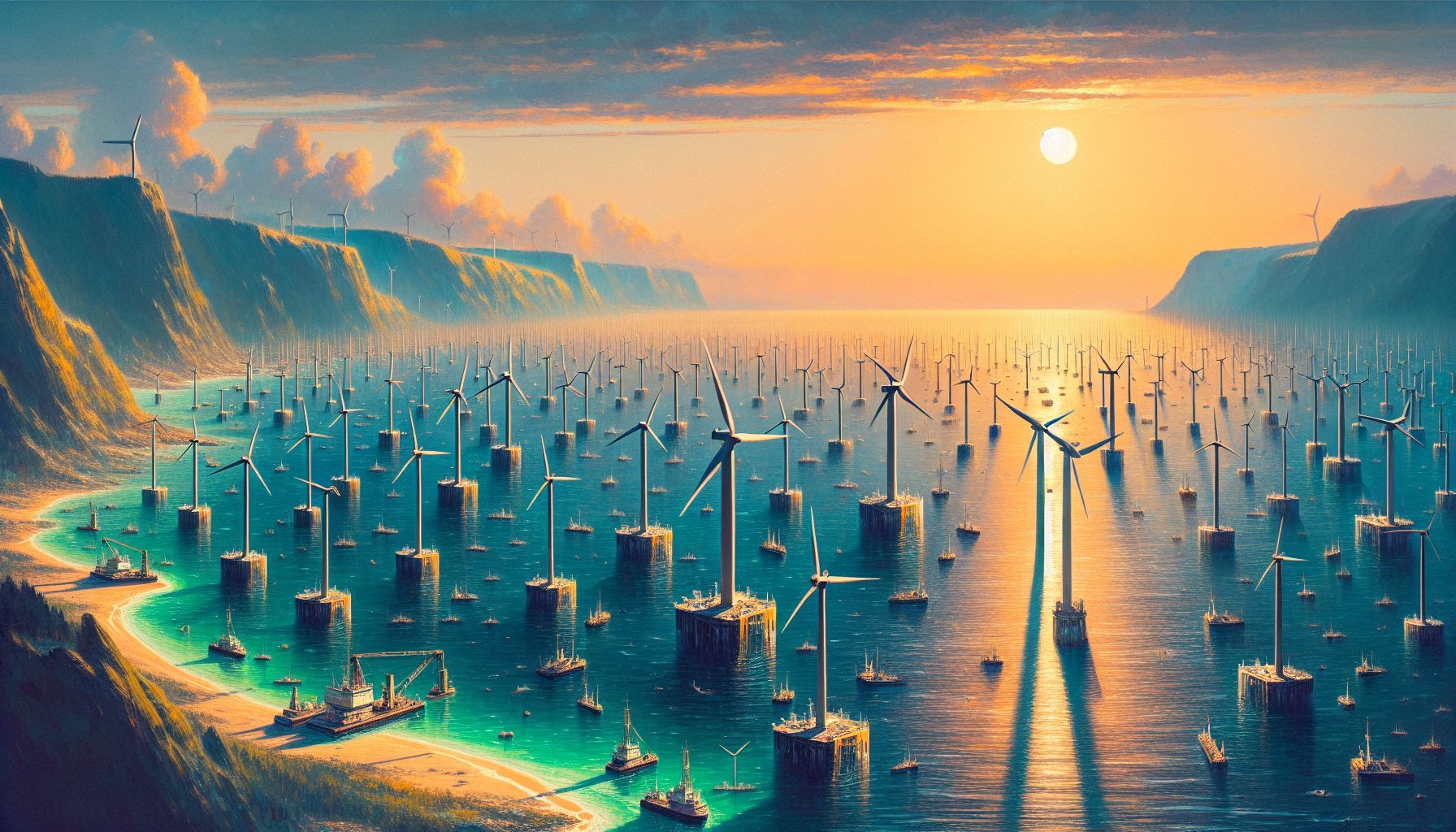Norway Invests $3.1 Billion in Floating Offshore Wind

Norway, Tuesday, 8 October 2024.
Norway’s government has allocated 35 billion NOK ($3.1 billion) for floating offshore wind development, targeting 30 GW capacity by 2040. This significant investment aims to accelerate green energy advancements and could have implications for the global renewable energy sector.
Strategic Focus on Vestavind B and Vestavind F
The Norwegian government’s ambitious plan earmarks specific regions, Vestavind B and Vestavind F, for the development of floating offshore wind energy. These areas have been identified as prime locations for such projects due to their geographical and environmental suitability. The strategic allocation of resources to these sites underlines Norway’s commitment to becoming a leader in floating offshore wind energy, which aligns with its broader climate goals[1].
Economic and Environmental Impacts
The introduction of this 35 billion NOK subsidy is poised to significantly impact both economic and environmental sectors in Norway. By fostering the growth of floating wind technology, Norway not only aims to meet its national energy needs sustainably but also create new industrial opportunities. This move is expected to reduce reliance on traditional energy sources and decrease carbon emissions, contributing positively to global climate change efforts[1].
A Pioneering Approach to Renewable Energy
Floating offshore wind technology, although still in its nascent stage, offers numerous advantages over traditional fixed-bottom offshore wind farms. This includes the ability to harness wind energy in deeper waters, where wind speeds are typically higher and more consistent. Norway’s investment in this technology is a testament to its potential to revolutionize renewable energy production, not only within its borders but globally. The Norwegian Offshore Wind, headquartered in Haugesund, is at the forefront of this innovation, working to develop robust supply chains and market opportunities in the sector[2].
Challenges and Future Prospects
Despite the promising outlook, the development of floating offshore wind farms presents certain challenges, particularly in terms of cost and technological maturity. However, with the support of government subsidies and continuous innovation, these hurdles are expected to be overcome. The Norwegian government plans to conduct regular tenders and state aid competitions until 2040, ensuring ongoing development and investment in this critical energy sector[1].

